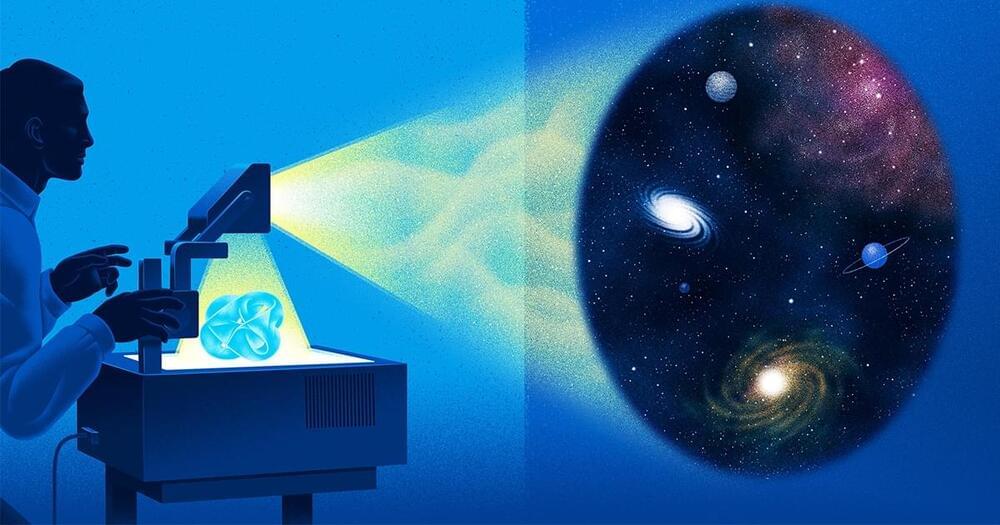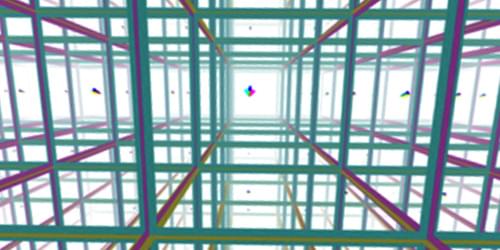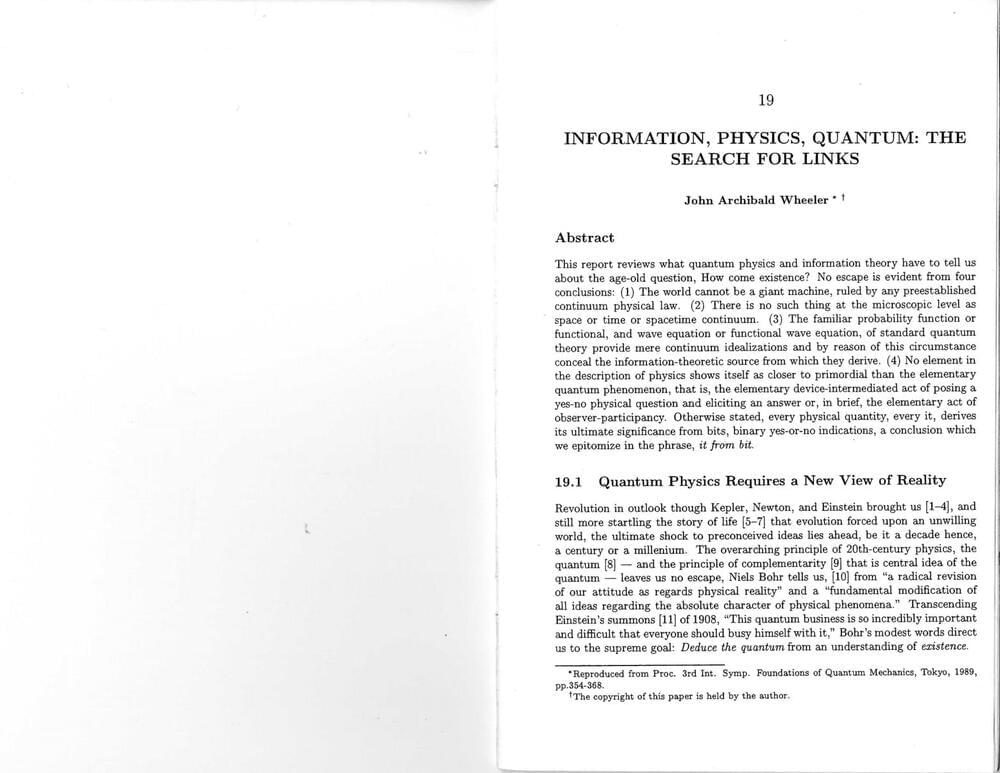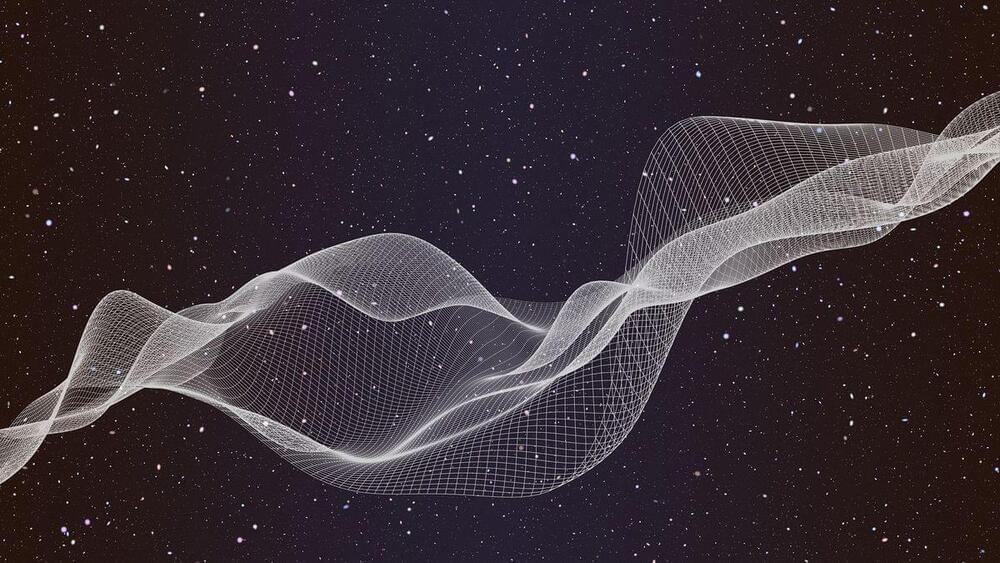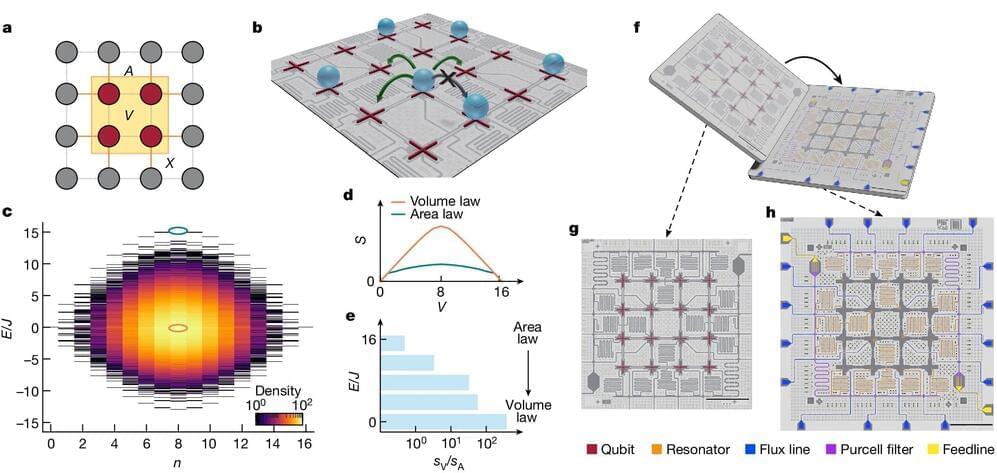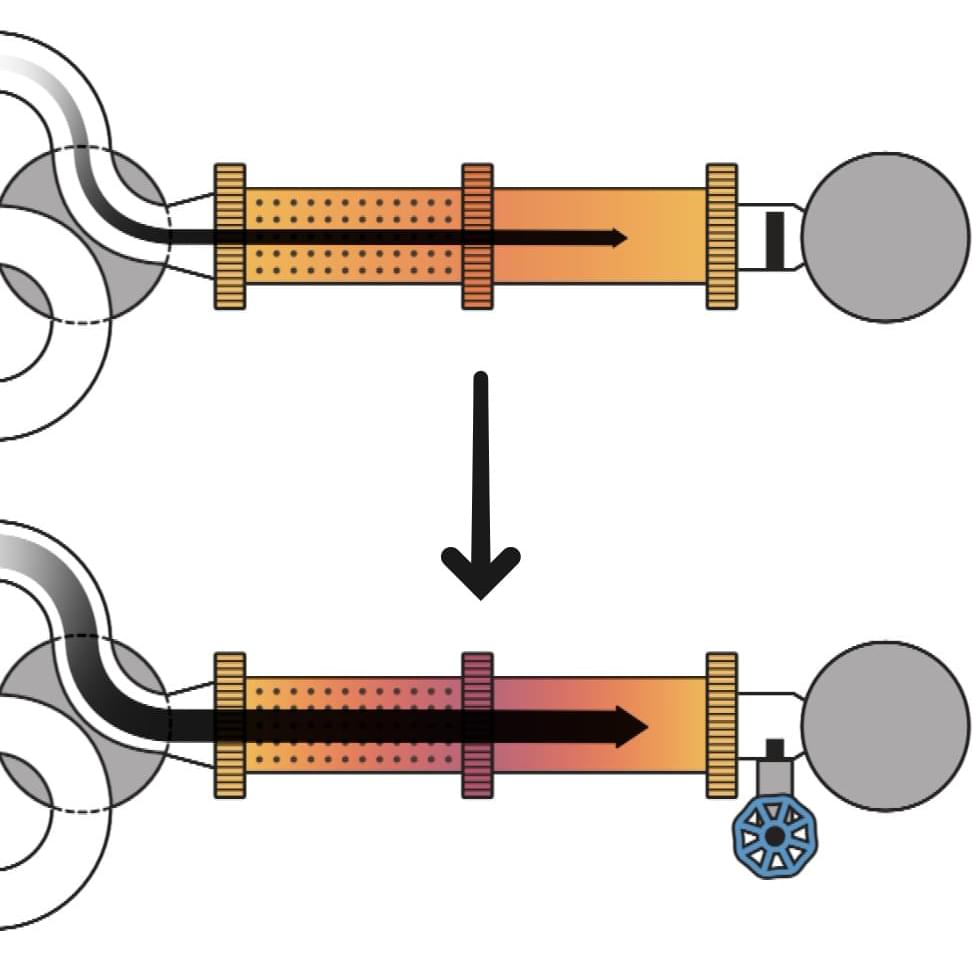Apr 28, 2024
AI Starts to Sift Through String Theory’s Near-Endless Possibilities
Posted by Cecile G. Tamura in categories: particle physics, quantum physics, robotics/AI
Calabi-Yau manifolds, 6D shapes that are crucial to string theory, were named after the late Eugenio Calabi (right), who proposed the shapes in the 1950s, and Shing-Tung Yau, who in the 1970s set out to prove Calabi wrong but ended up doing the opposite.
Using machine learning, string theorists are finally showing how microscopic configurations of extra dimensions translate into sets of elementary particles — though not yet those of our universe.
